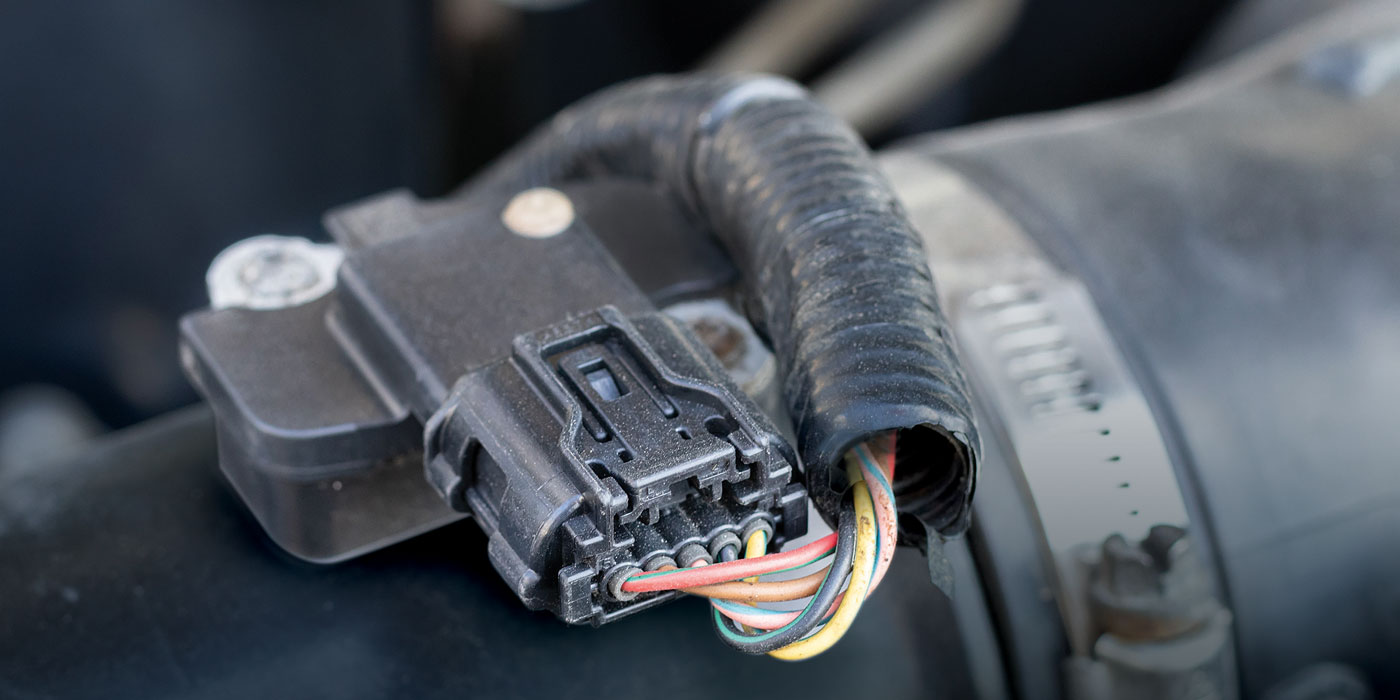
Universal electric fuel pumps are designed to accommodate a wide range of applications, and it’s very likely that you have a few SKUs worth of universal electrics on your shelf right now. The problem with most “universal” products is that customers (as well as some counterpeople) wrongly assume that these are a one-size-fits-all solution for nearly every situation. From canister-type ignition coils to multi-vehicle coolant and transmission fluids, “universal” products consolidate inventory and make choices simple for consumers.
So, did you ever stop to think why you have more than one kind of universal electric fuel pump in stock? Fuel systems have evolved over the years, from the Model T with its gravity-fed carburetor, to the modern pulse-modulated fuel module and GDI high-pressure fuel pump designs we see today. Along the way, we’ve experienced mechanical pumps, and a wide variety of electric pumps, both in-tank and in-line. Each of these designs requires a unique combination of pressure, flow and volume to properly feed thirsty engines.
The first consideration when selecting a universal electric pump is operating voltage. Most of our universal sales are for 12V pumps, but some older vehicles and farm equipment still have 6V electrical systems. Vintage car and tractor owners may choose to install an electric pump in addition to the existing mechanical pump, in order to “prime” the system before cold starts. This reduces cranking time, conserves battery power, and helps prevent flooding. In this “auxiliary pump” situation, the electric unit is wired to run any time the ignition circuit is live, or manually switched off after startup, allowing the mechanical pump to feed the carburetor. Electrics also may be used to temporarily bypass a defective mechanical pump, and to permanently replace hard-to-find or obsolete pumps for vintage engines.
The next consideration is the pump’s pressure and flow ratings. Carbureted applications require considerably lower line pressure than fuel injected vehicles, usually between 2.5 and 9 PSI. Installing a high-pressure electric pump intended for a fuel-injected application could create flooding issues, or even overpressurize low-pressure fuel hoses, creating a risk of fire when used on carbureted applications.
On the other hand, a very low-pressure pump cannot deliver the volume necessary to keep a fuel-injected (or sometimes a larger-displacement carbureted) engine from starving itself of fuel, leading to poor drivability and no-start conditions. Fuel-injected engines have varied fuel pressure and flow requirements, and must be even more precisely matched than carbureted applications. GM’s throttle body injection (TBI) system, for example, only requires around 15 PSI of fuel pressure, while some multi-port (MPI) systems may require more than 100 psi.
While universal pumps allow vehicle owners to restore function to many types of fuel systems, they are not intended for every situation. Before recommending any universal electric fuel pump, consider the OE fuel system’s operating pressure and flow requirements, and match the replacement pump’s advertised specifications as closely as possible. Discuss the customer’s fuel requirements, intended use, and most importantly, the customer’s expectations of the product.













